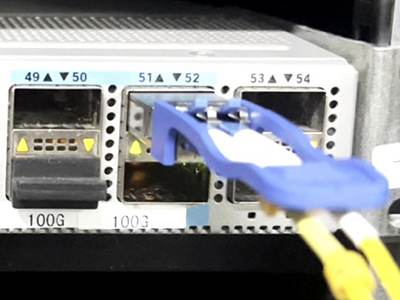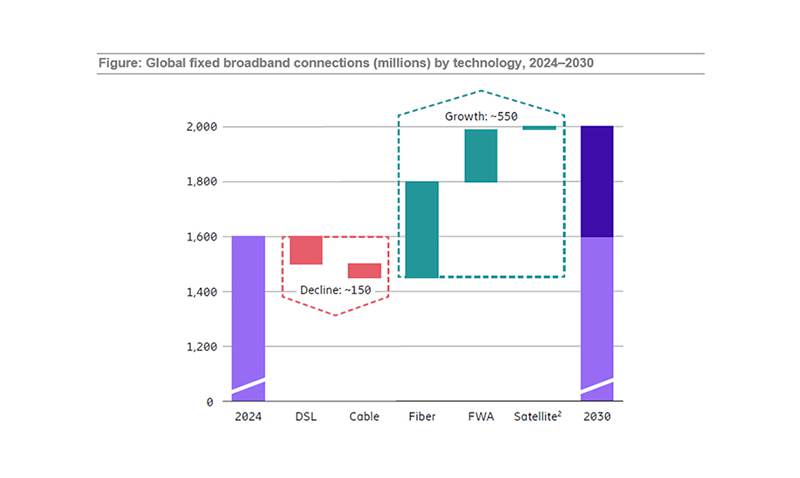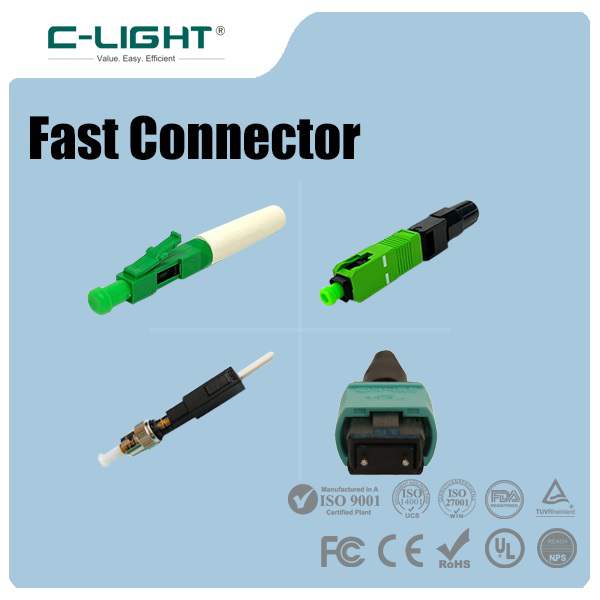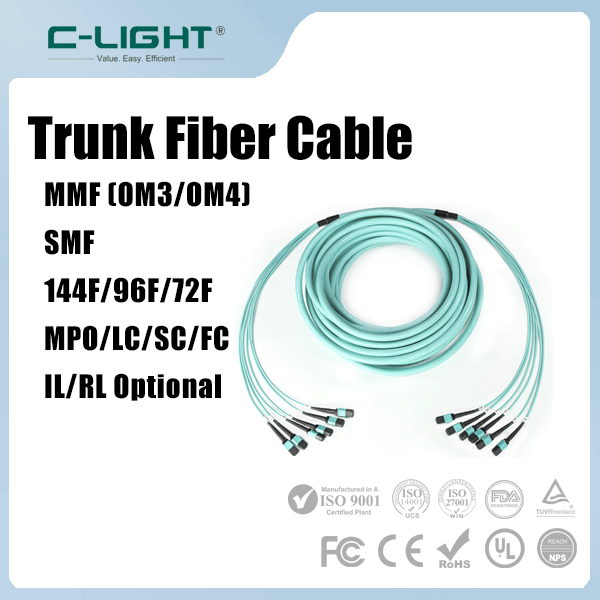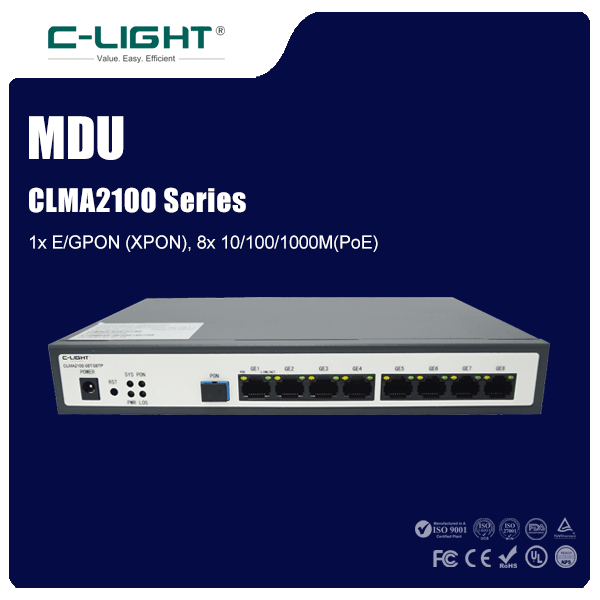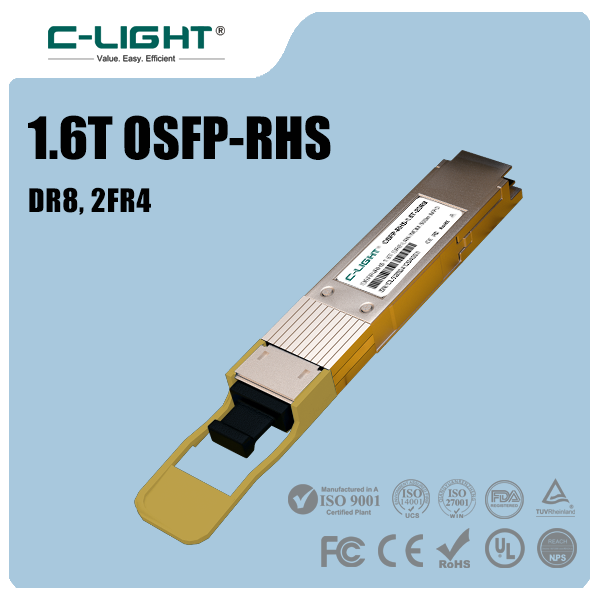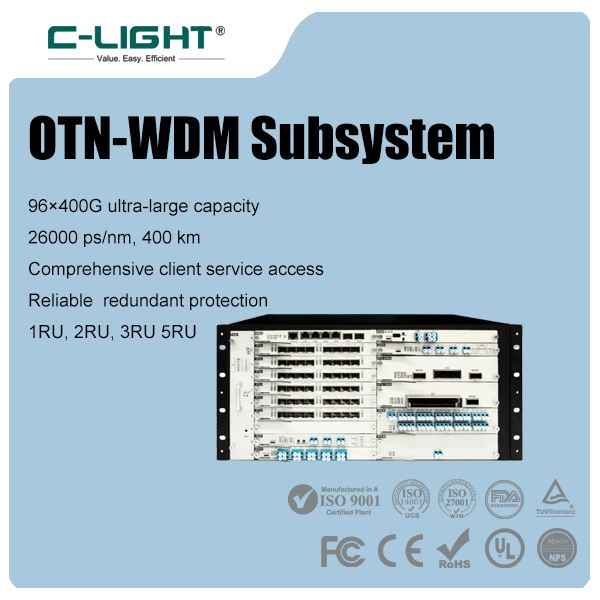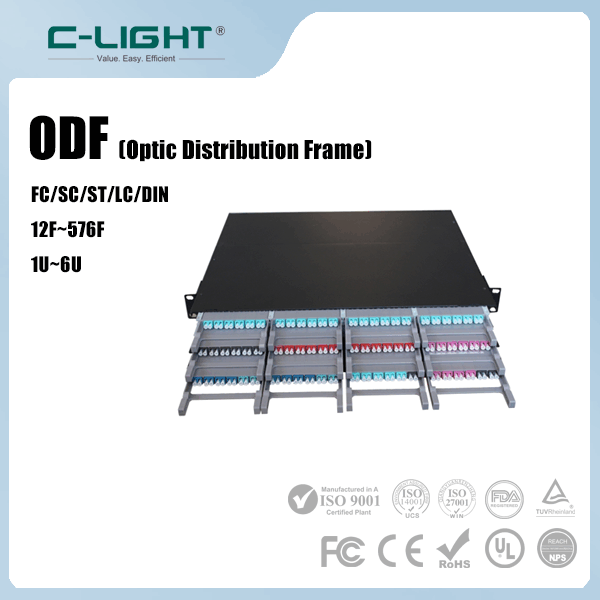
With the rapid advancement of artificial intelligence, cloud computing, and big data, the global data communication market is undergoing unprecedented transformation. Industry forecasts indicate that by 2029, the high-speed optical transceiver market (400G and above) will reach $12.5 billion, expanding at a compound annual growth rate (CAGR) of over 28%. Within this trend, 1.6T optical transceivers are emerging as a key enabler for next-generation data centers and AI computing infrastructure, thanks to their ultra-high transmission rates.
Market research data suggests that 2025 will mark the first year of commercialization for 1.6T optical transceivers, with an estimated annual demand of about 2.7 million units. Scaling is expected to accelerate from 2026 onward. This growth is primarily driven by the demands of AI large-scale model training and inference. Modern GPU clusters require extremely high network bandwidth, with a single GPU needing over 100Gbps of interconnect capability. This makes 800G optical transceivers increasingly insufficient, necessitating the adoption of 1.6T optical transceivers.
The Inevitable Technology Evolution: From 800G to 1.6T
Currently, 400G optical transceivers are widely deployed in data centers. 800G transceivers began their adoption in 2023, with volumes reaching approximately 7.5 million units in 2024. Demand for 800G is projected to hit 18 million units by 2025. The evolution to 1.6T is not merely about speed enhancement but represents coordinated breakthroughs across multiple technology pathways:
Silicon Photonics Technology: Significantly reduces module size by up to 70% and power consumption by 40%, offering an ideal solution for high-density data centers.
Advanced Modulation Formats: From NRZ to PAM4 and further to higher-order QAM, these formats substantially improve data transmission efficiency.
3nm DSP Chips: Reduce power consumption by over 20% while enabling 1.6Tbps transmission rates within compact modules. Mass production is anticipated by 2026.
LPO (Linear Pluggable Optics) Technology: By eliminating DSP chips, LPO reduces latency by 30% and cuts power consumption by 25%–50%, making it particularly suitable for AI training applications requiring real-time performance.
Future Directions: Competition and Convergence of Multiple Technology Paths
Looking ahead, the development of 1.6T optical transceivers will advance along several parallel technology paths:
Integration Led by Silicon Photonics
Leveraging its advantages in high integration and low cost, silicon photonics is gradually becoming the mainstream direction for 1.6T optical transceivers. By 2027, the penetration rate of silicon photonic modules is expected to exceed 40%. Integrating optical devices and electronic chips on the same silicon platform significantly reduces size, enhances reliability, and lowers packaging costs.
The Competition Between LPO and CPO
LPO technology substantially reduces power consumption by removing DSP chips. Some manufacturers have already launched 800G DR8 LPO modules with power consumption as low as 8W, representing a 50% reduction compared to traditional solutions. LPO modules are projected to account for 15% of revenue by 2025.
CPO (Co-Packaged Optics) technology represents a longer-term direction. By integrating photoelectric conversion units with computing chips, it reduces energy consumption by 70% and significantly increases bandwidth density. However, experts indicate that CPO will not achieve mass production on a large scale within 2026 and currently remains in the R&D and demonstration phase.
Innovation in Liquid Cooling and Thermal Management
As the power density of optical transceivers continues to increase, heat dissipation has become a critical challenge. Liquid cooling technology has emerged as a solution. Some manufacturers have introduced immersion liquid-cooled 800G modules that reduce case temperature by 47% while improving reliability. These advancements lay the groundwork for thermal management in 1.6T optical transceivers.
Global Market Landscape and Supply Chain Trends
Global sales of the 1.6T silicon photonics module market are expected to reach ¥1.85 billion by 2031, with a CAGR of 6.5% from 2025 to 2031. Within this market, profound changes are occurring in the supply chain and production capacity layout:
Accelerated Capacity Expansion: Current industry monthly capacity is about 120,000 units, with plans to increase to 180,000–200,000 by the end of 2025. To meet 2026 demand, some manufacturers aim to raise their 1.6T product target capacity to 500,000–1 million units in 2026.
Globalization of Production: Overseas customers are showing a preference for "non-China manufactured" products, driving the shift of production capacity to Southeast Asia and Europe. Production bases in locations such as Malaysia and Hungary have commenced operations, dedicated to supplying the North American and European markets.
Challenges and Opportunities Coexist
The development of 1.6T optical transceivers still faces multiple challenges:
●Technically, CPO technology encounters difficulties in optical fiber-to-photonic IC alignment accuracy, thermal management, and reliability design.
●Market-wise, potential price competition following capacity expansion cannot be overlooked.
●Supply chain-wise, geopolitical risks may cause disruptions.
The 1.6T optical transceiver is not merely a product upgrade but core infrastructure supporting future AI computing growth. As the commercialization and volume expansion period arrives in 2025–2026, companies with leading technology, well-established production capacity, and global delivery capabilities will stand out. In the era of AI-driven intelligence, 1.6T optical transceivers, as critical hubs of the data highway, are stepping into their defining moment.
However, behind these challenges lie significant market opportunities. The AI computing arms race is encountering a "bandwidth wall," driving the generational transition from 800G to 1.6T optical transceivers. By 2027, 20% of Ethernet data center switch ports will be used to connect acceleration servers supporting AI tasks. Global sales of Ethernet optical transceivers for the cloud data center market are expected to exceed $30 billion by 2030, with nearly $20 billion attributed to AI clusters.
 TEL:+86 158 1857 3751
TEL:+86 158 1857 3751 
















































